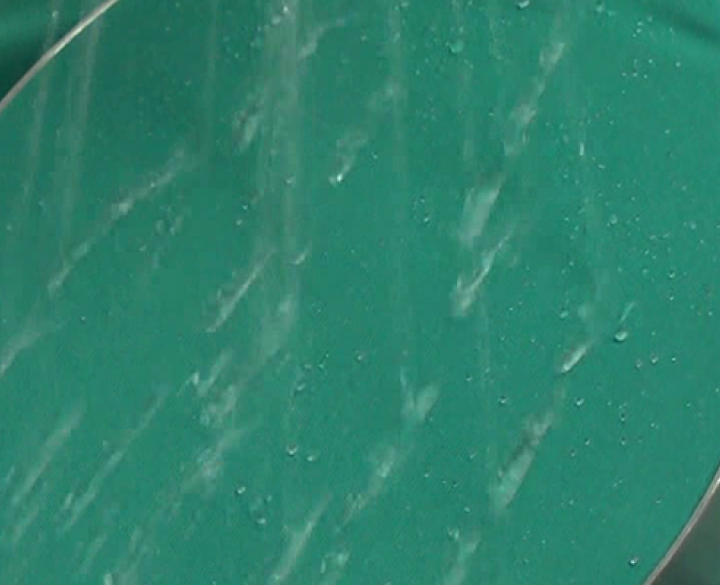Background
PFOA has been classified as a substance of very high concern because it is CMR (carcinogenic, mutagenic or toxic for reproduction) and has PBT (persistent, bioaccumulative and toxic) properties. In the US, EPA has been investigating PFOS because of its persistence in the environment, since it is found both in the environment and in the blood of the general U.S. population where it remains for a very long time and since it causes developmental and other adverse effects in laboratory animals. Restrictions for use of PFOS and its derivatives are published in EU Regulation 757/2010 on POP’s (Persistent Organic Pollutants) for chemicals and textile applications (< 1 μg/m² coated materials). Since June 2014 a new regulation is set in Norway, which states that PFOA < 1 μg/m² in coated textiles. Therefore PFOA limit values have become much stricter for OEKO-TEX®. PFOA is put on the SVHC list of REACH: obligation of communication in Europe in case PFOA > 0.1% (g/g) in the end product. Germany and Norway proposed a restriction on PFOA, its salts and PFOA- related substances. The proposed restriction also covers articles containing these substances. Following the public consultation, the Committees for Risk Assessment (RAC) and Socio-economic Analysis (SEAC) proposes a maximum concentration for PFOA of 25 ppb and for PFOA related substances 1000 ppb.
Thus the tendency is to replace the C8 fluorocarbon chemistry by C6 or C4 fluorocarbon products, other fluorine products or even fluorine free water repellents. Nowadays, new commercial DWOR finishes coming onto the market are based on short chain fluorocarbons (C6 or C4 fluorocarbon chemistry), hybrid systems or are fluorine-free.
Objectives
ECO-DWOR will examine the use of various technologies for textile and leather finishing to replace C8 and other fluorocarbons. The implementation of alternative non-toxic repellents in finishing and low surface tension coatings will be evaluated according to their repellency, stain release and easy-clean behaviour.
The repellents will prevent the adhesion of dirt and organic molecules, such as fats, proteins and polysaccharides onto the textile and leather surface. This involves a new approach of introducing hydro- and oleophobicity properties to textiles and leather, based on non-toxic and C8 fluorocarbon free and metal free sources.
Target group
- Coating / finishing compagnies
- Producers of hydrophobic and oleophobic products/additives
- Producers of ready-to-use hydrophobic and oleophobic formulations
- Producers of textiles needing hydrophobic and oleophobic properties




